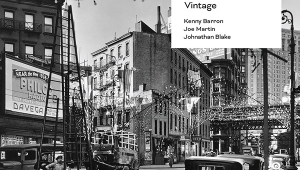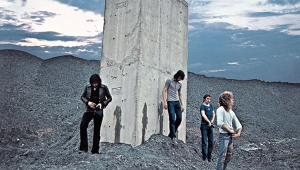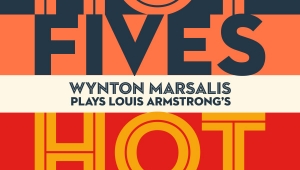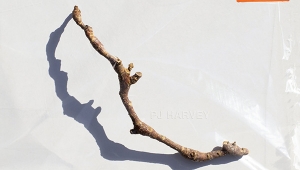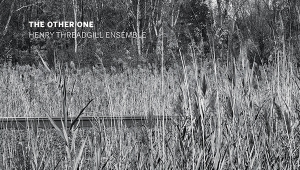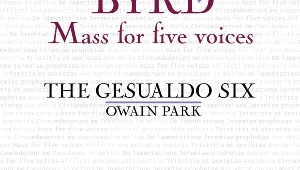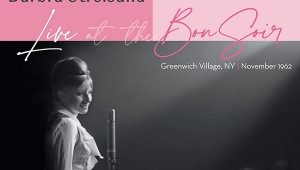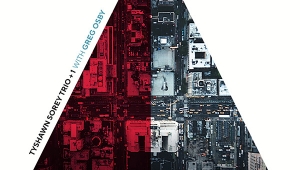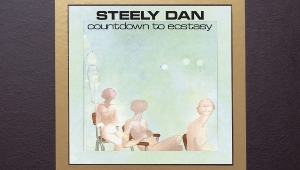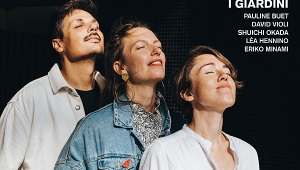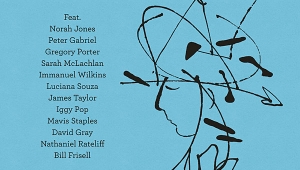| Columns Retired Columns & Blogs |
I heard the album on Amazon mp3 and fell in love with "A man and a woman" I believe is the track. Because she is speaking French, I believe. I dabble in French (Frahn-say). I kinda of regret not forkin over for the whole mp3 or physical CD, LP, even better baby. Maybe me and my hubbie will cuddle up with the other album!
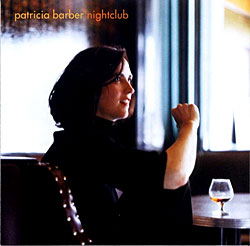 Patricia Barber: Nightclub & Modern Cool
Patricia Barber: Nightclub & Modern Cool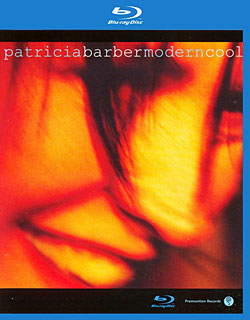 Patricia Barber's Modern Cool is an audiophile staple. Its enduring ubiquity is testament to its sound quality and general musical appeal, and I easily immersed myself in comparisons of the two-channel (24-bit/192kHz PCM) and 5.1-channel (24/96 dts-HD Master Audio) tracks of this completely remastered Blu-ray Audio edition with the stereo-only SACD/CD (Mobile Fidelity Sound Lab UDSACD 2003). All were played in an
Patricia Barber's Modern Cool is an audiophile staple. Its enduring ubiquity is testament to its sound quality and general musical appeal, and I easily immersed myself in comparisons of the two-channel (24-bit/192kHz PCM) and 5.1-channel (24/96 dts-HD Master Audio) tracks of this completely remastered Blu-ray Audio edition with the stereo-only SACD/CD (Mobile Fidelity Sound Lab UDSACD 2003). All were played in an 


